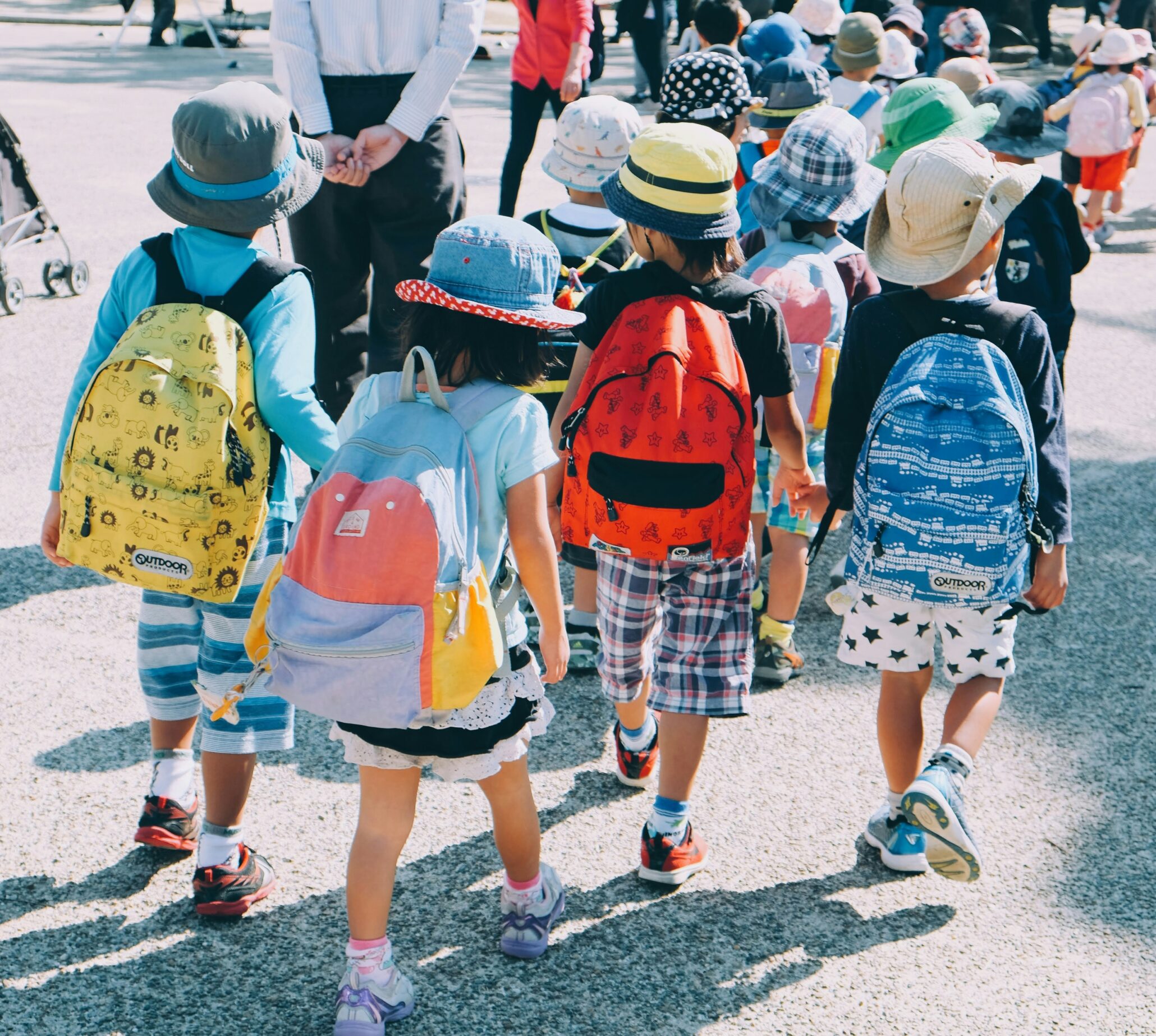Being a father of three, my kids are at that stage where they are making connections between cause and effect and asking specific questions. What I realized is this phase of their young lives is molding their personalities and mindset for the future. Watching my own kids tackle challenges with determination and a positive attitude has been incredibly rewarding. Sharing stories from our own lives about embracing challenges and learning from mistakes can further reinforce these values. It reminds us that our abilities are not set in stone, and with the right mindset, we can all achieve more than we ever imagined.
This article is a collection of 10 effective growth mindset activities that I’ve found to be particularly impactful. These activities are designed to boost kids’ confidence and help them understand that their potential is limitless. From crafting vision boards that inspire dreams to engaging in obstacle courses that teach perseverance, these activities are practical and fun ways to foster a growth mindset in children. Whether you’re a parent, teacher, or caregiver, I hope these strategies will help you support the children in your life as they develop resilience, perseverance, and a lifelong love for learning.
Understanding Growth Mindset
Definition and Benefits
A growth mindset is the belief that abilities and intelligence can be developed through hard work, dedication, and perseverance. Unlike a fixed mindset, where individuals believe their talents and intelligence are static traits, growth mindsets focus on teaching and promoting a positive mindset, specifically through activities and discussions that help children identify and adopt growth-oriented thinking and behavior. Embracing a growth mindset enhances resilience, perseverance, and a positive attitude towards learning, making it a critical foundation for children’s development.
Growth Mindset Activities List
1. Reading Growth Mindset Books

Introducing growth mindset concepts to kids can be both educational and entertaining through books. Reading aloud is a wonderful activity not just for story time with younger children, but it can also be impactful for older students. Picture books, with their engaging illustrations and relatable stories, can spark meaningful conversations among high schoolers, making the abstract concept of growth mindset tangible and accessible.
With my eight-year-old, reading has taken on a life of its own. He watches TV with subtitles, he loves creating and reading his comics to others, and he reads every night before bed. What I’ve noticed is our conversations have branched off into multiple topics and we can talk nonstop for at least 30 minutes. Granted, our conversations are about who would win in a fight between mythical creatures and if aliens are real, but I enjoy where his imagination takes us. For my younger kids (ages 5 and 4), they don’t quite know how to read yet, but they love pretending to read, which is a great start.
2. Creating a Vision Board
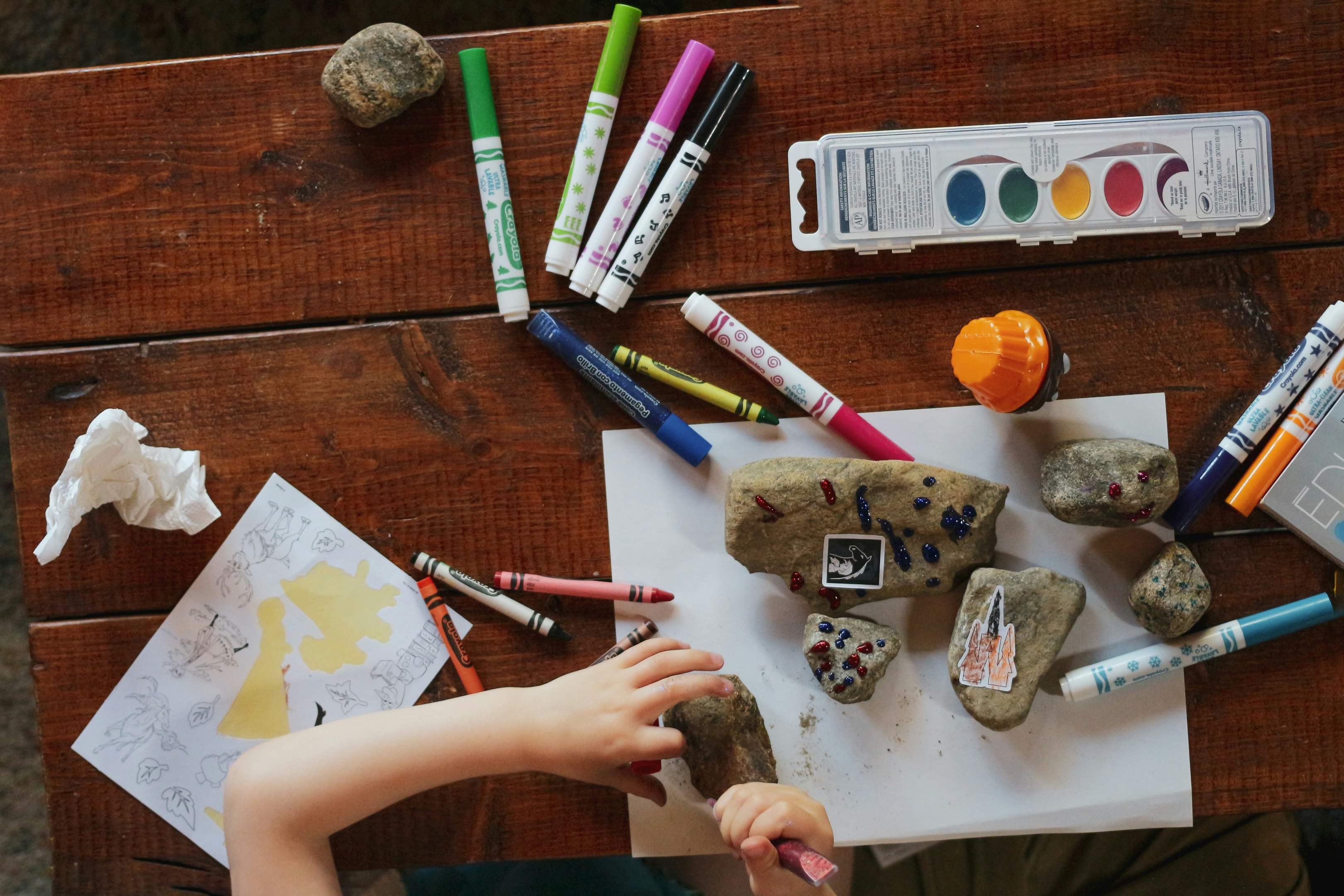
A vision board serves as a powerful visual representation of a child’s goals and aspirations. It emphasizes the importance of effort, persistence, and learning. By reflecting on their goals and creating a plan to achieve them, children can see the direct link between their hard work and their successes. This activity encourages them to dream big and understand that their goals are achievable with dedication.
3. Printables and Worksheets
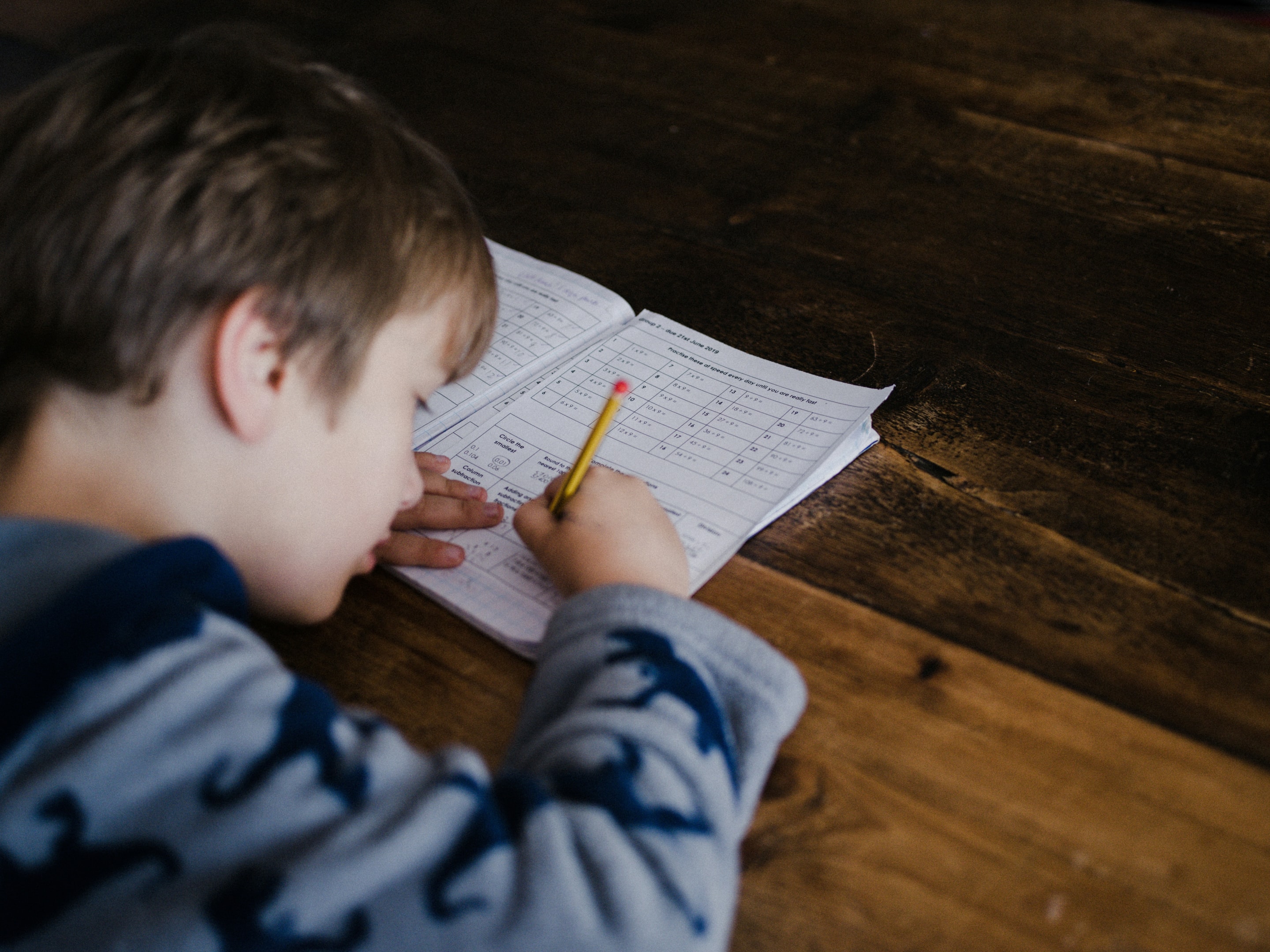
Engaging kids in growth mindset activities through printables and worksheets can be highly effective. These materials often prompt children to reflect on their beliefs and attitudes related to growth and fixed mindsets. By helping children identify and challenge their fixed mindset beliefs, these activities can lead to profound personal growth and a shift towards a more positive, growth-oriented perspective. Specific strategies can help children recognize, reframe, and replace fixed mindset statements with growth mindset alternatives.
4. Obstacle Course Challenge
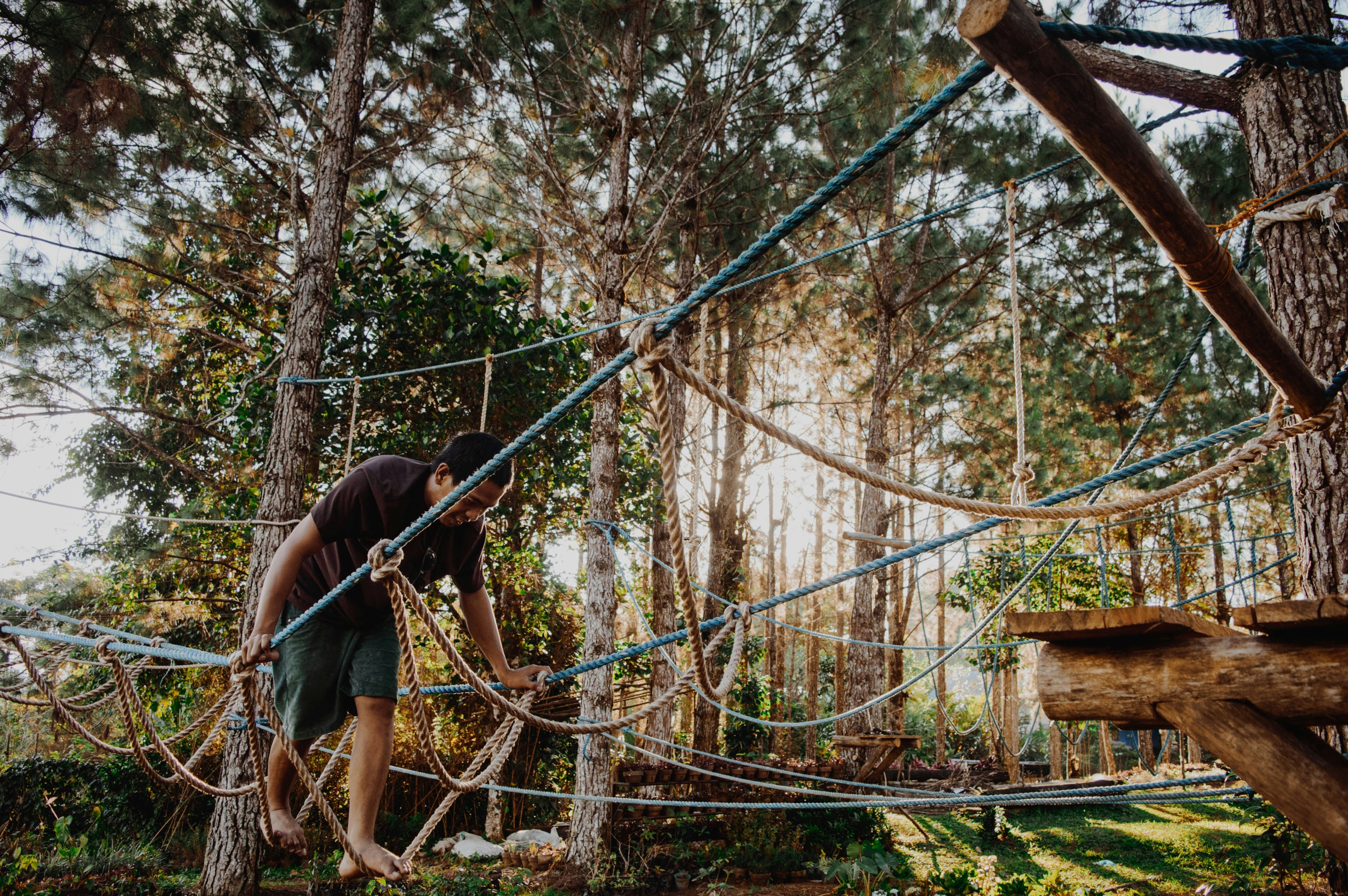
A physical obstacle course can be a fun and effective way to teach problem-solving and persistence. As children navigate the course, they encounter challenges that require them to think creatively and persevere. This activity helps them develop resilience, encouraging them to keep trying even when faced with difficulties.
I just did this a few days ago. I was at my wife’s job with the kids and there’s a vast garden within the compound. My youngest son was running around and started weaving through a line of stationary poles. The idea instantly clicked, and we created our own obstacle course with log steps, crossing a mini bridge, jumping over a saddle and ending off weaving through the stationary poles to the finish line. We even timed each kid’s lap, and they always wanted to go again to see if they could reach a faster time. It was fun, challenging, and most importantly, it boosted their self esteem when it came to friendly competition.
5. Goal Achievement Charts

Creating charts to track progress toward specific growth mindset goals or habits can be very motivating for children. These charts help kids set and achieve their goals, providing a sense of accomplishment and confidence. Tracking progress visually reinforces the idea that effort and persistence lead to improvement and success.
In 2021, I deployed to an undisclosed location for what was supposed to be six months, but ended up being eight. My kids had a tracker they made with my wife where they could “X” out each day that passed. Sure, it hurt when they had to tack on an extra 60 days, but they learned a value lesson in that as well. When chasing our goals, there are going to be setbacks. As young learners, they got a taste of not only what a setback feels like, but how to persevere and overcome that setback.
Mindfulness and Growth Mindset Yoga

Incorporating growth mindset principles into daily routines through mindfulness and yoga practices can help children develop self-awareness and a positive attitude towards learning. These activities encourage children to stay present, manage their emotions, and approach challenges with a calm and focused mindset. Growth mindset yoga combines the physical benefits of yoga with the mental fortitude fostered by a growth mindset, reinforcing the belief that abilities and talents can be developed through hard work and persistence. I have a treadmill in my house that I use every day and do calisthenic workouts. Kids are always watching and they want to be like the people they look up to the most.
7. Crafting Growth Mindset Statements

Engaging kids in crafting growth mindset statements is a powerful tool for promoting positive affirmations and enhancing self-awareness. This activity involves guiding children to create and use statements that reinforce the belief in their ability to grow and improve through effort and learning. It helps children to internalize a growth mindset by encouraging them to reflect on their experiences, both successes and setbacks, and to identify the lessons learned from these experiences.
The process begins with children considering moments when they faced challenges or made mistakes. They are then prompted to articulate these experiences, focusing on what they learned and how they can apply this knowledge in the future. This reflection is crucial as it shifts the focus from failure to learning opportunities, reinforcing the idea that mistakes are a natural and valuable part of the learning process.
By crafting their own growth mindset statements, such as “I can improve with practice,” or “Every challenge is a chance to grow,” children actively transform negative self-talk into empowering, growth-oriented messages. Incorporating growth mindset affirmations can further promote a positive attitude towards learning and resilience. This not only boosts their confidence but also helps them develop a more resilient attitude towards challenges.
8. Daily Challenges
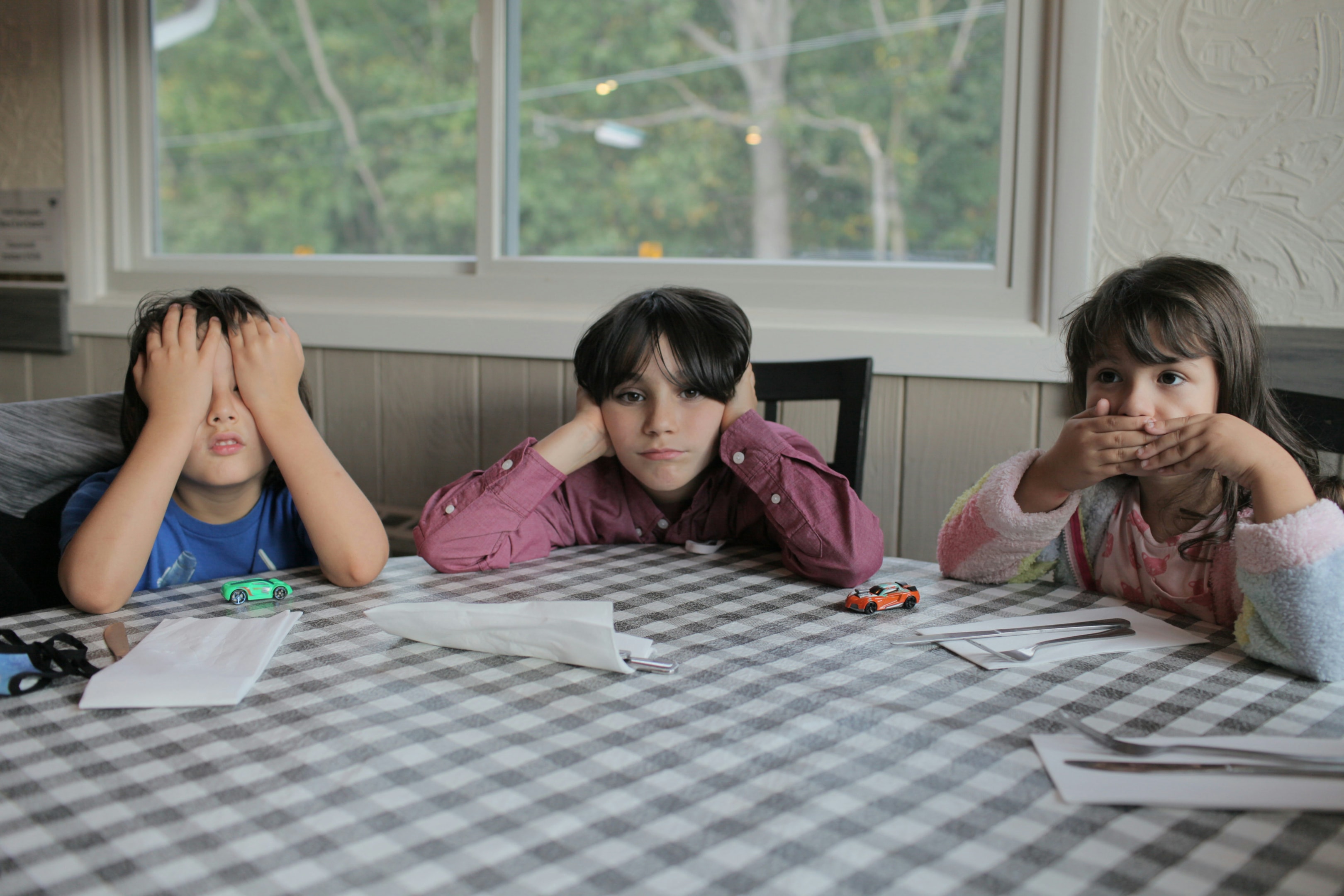
Creating daily challenges that encourage kids to take risks and step out of their comfort zones can significantly boost their confidence. These challenges, which might range from trying a new activity, solving a difficult puzzle, or speaking in front of a group, provide opportunities for children to confront and overcome their fears. By consistently facing and conquering small challenges, kids learn to persevere through difficulties, building resilience and a can-do attitude.
Each challenge, no matter how small, is a chance for children to experience success and learn that effort leads to improvement. Celebrating these small victories reinforces the idea that progress comes from stepping outside their comfort zone. Over time, these daily challenges help children internalize a growth mindset, where they see obstacles as opportunities for growth rather than insurmountable barriers. This gradual process of taking risks and achieving success builds their confidence, encourages a positive attitude towards learning, and fosters a lifelong willingness to embrace new experiences and challenges.
Some examples I do are:
- Easy math problems on the way home from school
- Guessing games with animals
- Asking questions in a different language (full transparency, my kids are half Italian and pretty my much fluent in the language. This is more for me.)
9. Role-Playing Scenarios
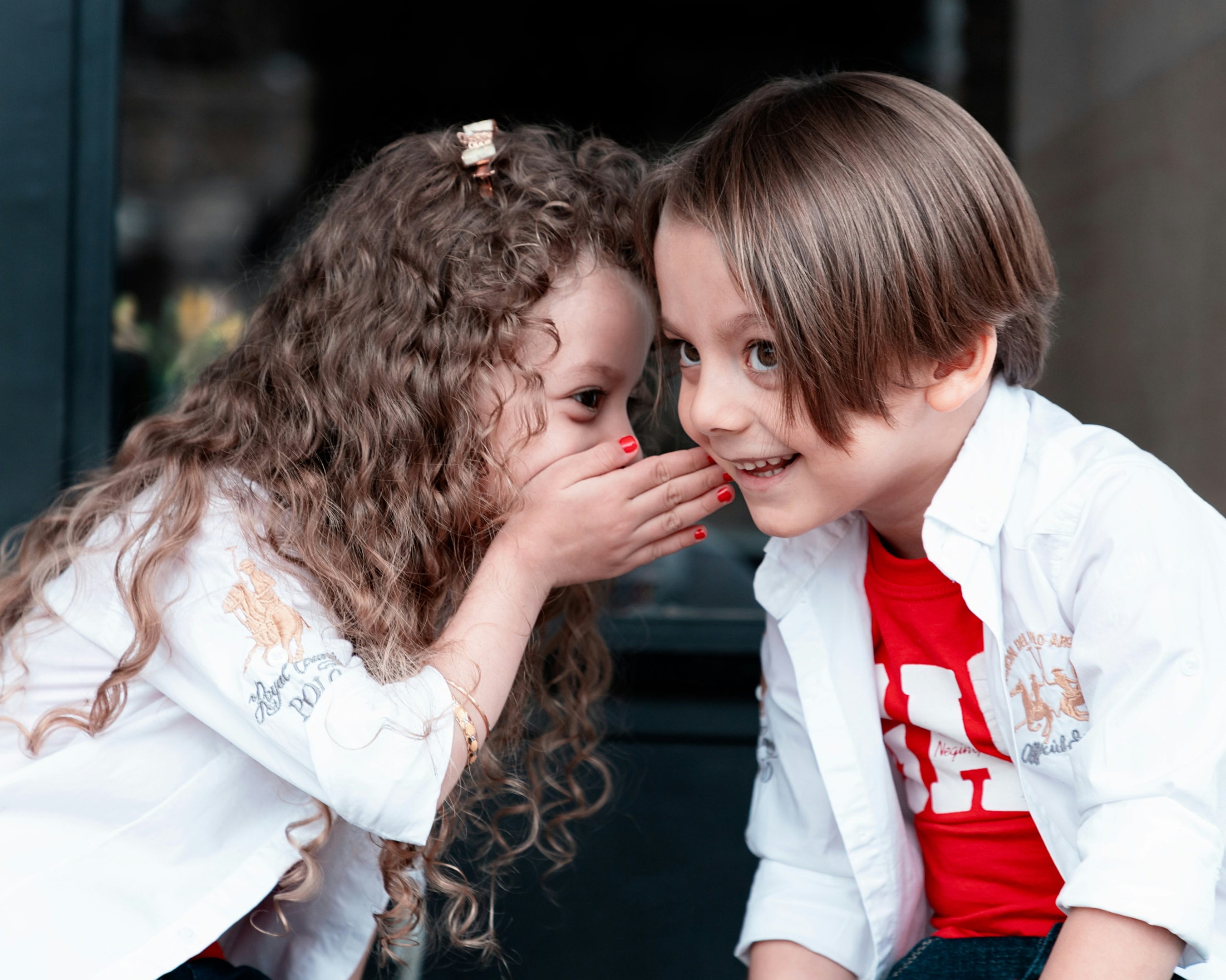
Engaging kids in role-playing activities where they face fictional challenges is a dynamic and effective way to cultivate a growth mindset. These scenarios, which might involve overcoming obstacles, solving problems, or navigating social situations, allow children to step into different roles and tackle various challenges in a safe, controlled environment.
Through role-playing, kids can experiment with different strategies and behaviors, learning how to apply growth mindset principles such as persistence, flexibility, and positive thinking. After each role-play, discussing how they approached the challenge and how a growth mindset helped them overcome it reinforces the lessons learned. This reflection helps children internalize the idea that effort and a positive attitude can lead to success, preparing them to handle real-life challenges with resilience and confidence.
The other day, my family and I played a game of Charades (boys vs girls). My youngest son can’t read, so I would whisper the word to him and his brother would have to guess what it was. The first word, he didn’t know how to act out, so we moved to the second word.
He tried acting out the second word and when no one could guess what he was doing, he immediately turned his back and hid his face between my legs. He was nervous and losing confidence, so the whole family encouraged him to keep trying. When he did and his brother guessed the right word, we all roared with praise. You should have seen the look on his face. I never seen the kid so happy.
10. Gardening Projects
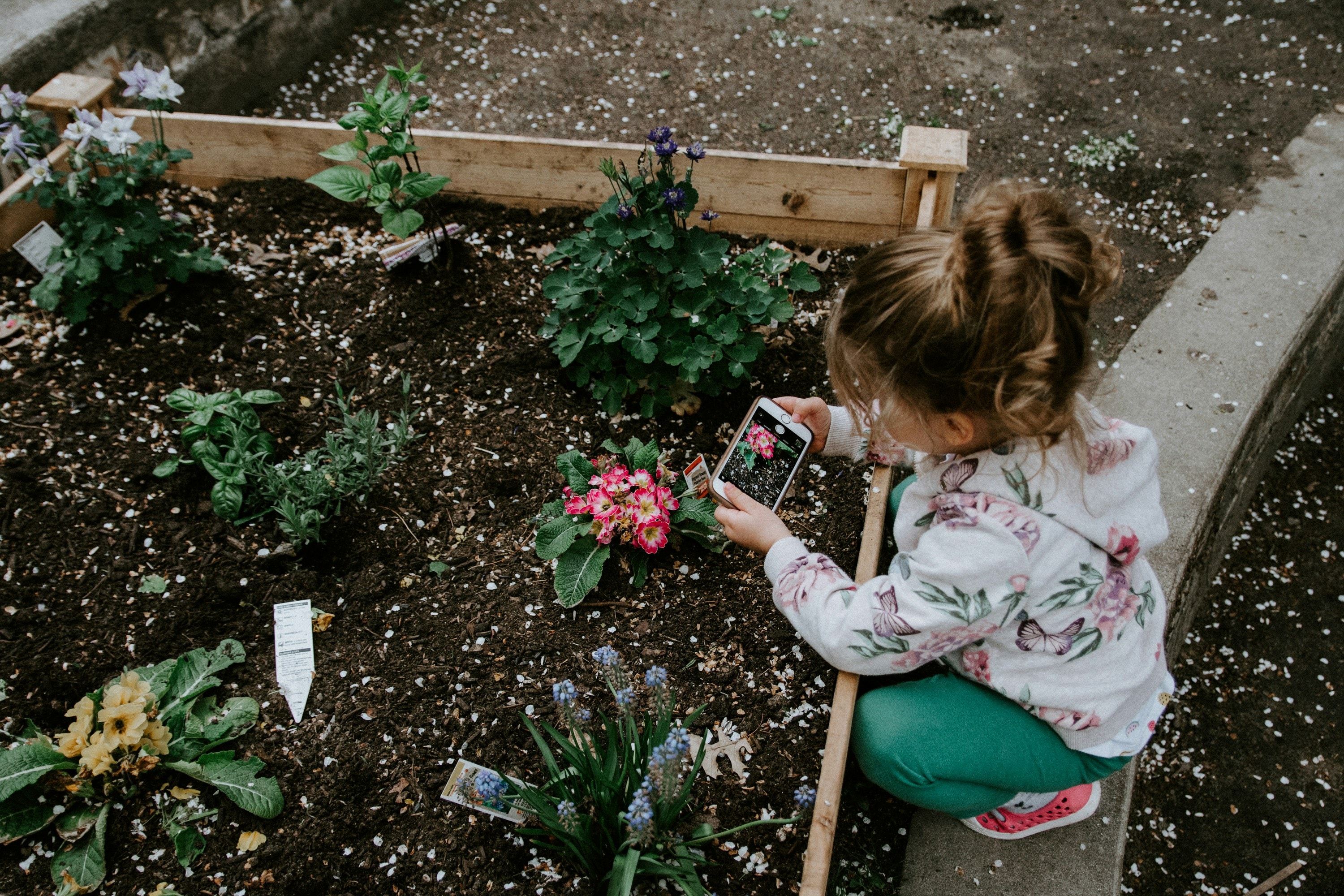
Starting a small garden where kids can plant seeds and watch them grow over time is a wonderful way to teach them about personal growth and development. As they nurture their plants, children can observe the stages of growth, from seed to sprout to full bloom, learning patience and the importance of consistent effort. This hands-on experience serves as a powerful metaphor for their own personal development.
Just as plants need water, sunlight, and care to thrive, children learn that their own growth requires effort, perseverance, and a positive mindset. The garden becomes a living example of how dedication and hard work lead to progress and success, reinforcing the principles of a growth mindset in a tangible and engaging way.
Implementing Growth Mindset in Daily Life

Parents as Partners
Parents play a crucial role in fostering a growth mindset in their children. Demonstrating a growth mindset through their actions and engaging in conversations that promote growth-oriented thinking can be incredibly influential. By setting an example and participating in activities together as a family, parents can encourage kids to adopt a growth mindset.
Celebrating Effort
Acknowledging and rewarding individual progress and effort is essential in helping children develop a growth mindset. Celebrating their efforts and progress, rather than just the end results, teaches children to value hard work and persistence. This recognition reinforces the idea that improvement and success come from dedication and effort.
Overcoming Fixed Mindset
Helping children overcome fixed mindsets involves identifying and rephrasing fixed mindset phrases into growth mindset statements. Teaching children to recognize and challenge their own fixed mindset beliefs can lead to significant personal growth. By encouraging them to view challenges as opportunities to learn and grow, children can develop a more resilient and positive outlook on life.
By integrating these activities and principles into their daily lives, children can develop a robust growth mindset, boosting their confidence and setting the foundation for lifelong learning and success.
Conclusion
By integrating these ten growth mindset activities into your daily routines, you can significantly boost your children’s confidence and help them develop a resilient attitude towards learning and personal growth. These activities, from creating vision boards and goal achievement charts to engaging in mindfulness and gardening projects, provide practical and engaging ways for children to understand that their potential is limitless. They learn that effort, persistence, and a positive attitude are the keys to overcoming challenges and achieving their goals.
As a parent, teacher, or caregiver, your role in fostering a growth mindset is invaluable. Demonstrating a growth mindset through your actions and celebrating children’s efforts rather than just their successes can profoundly influence their development. By helping children reframe their experiences and encouraging them to view challenges as opportunities, you are equipping them with the tools they need for lifelong success. The journey to cultivating a growth mindset is ongoing, but with these activities, you can support the children in your life as they build confidence, resilience, and a passion for learning.
